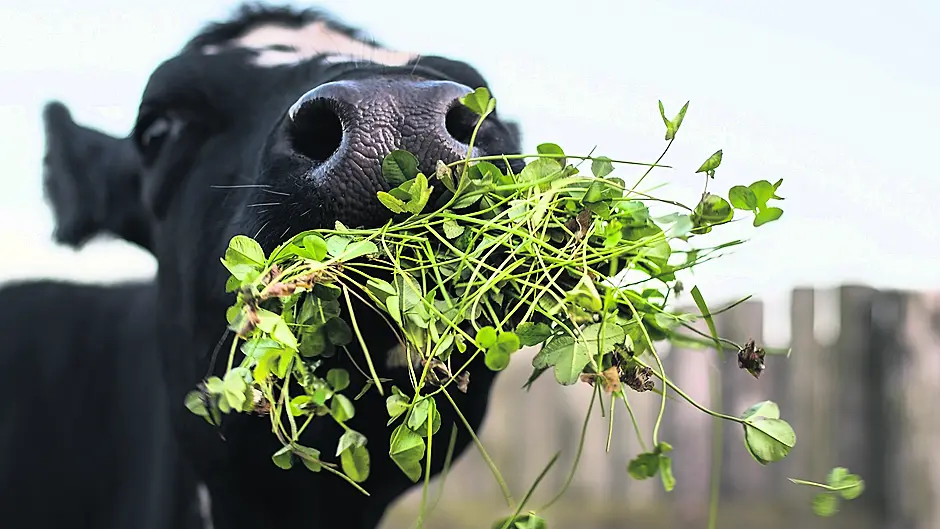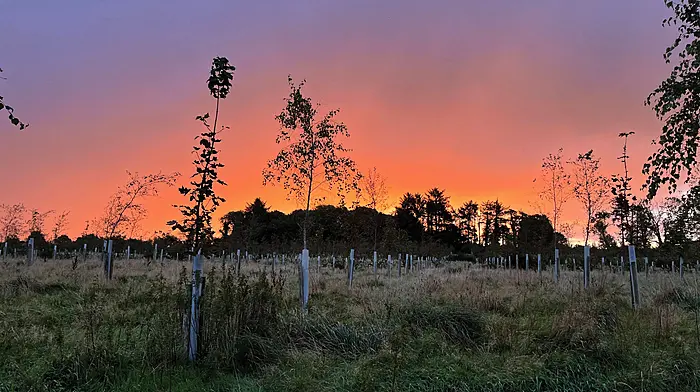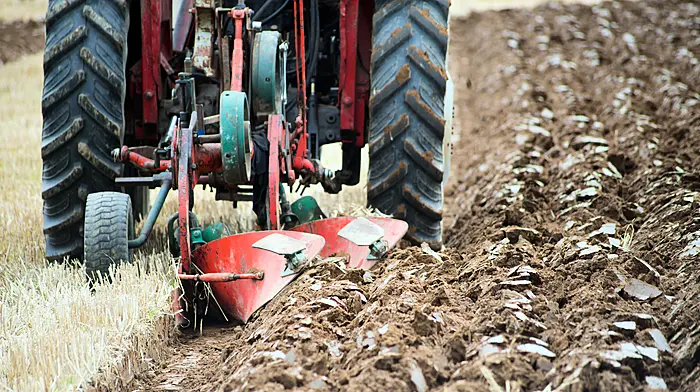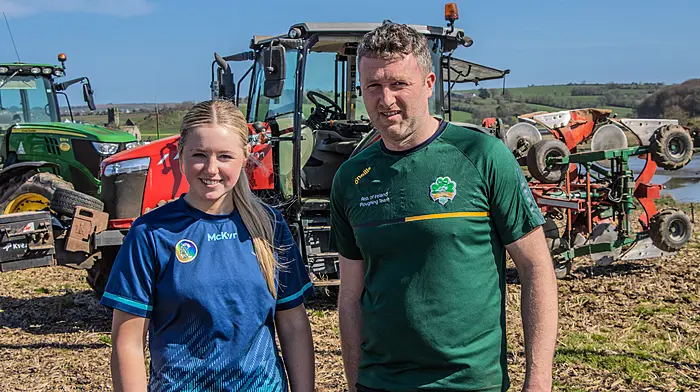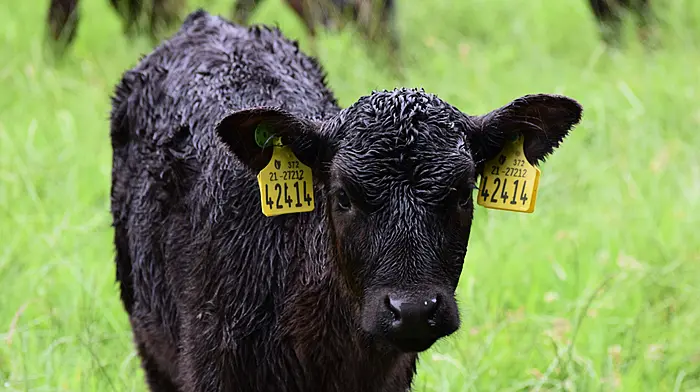INCORPORATING clover in grassland swards has the potential to reduce costs, improve profitability and reduce greenhouse gas emissions.
Clover fixes nitrogen. Nitrogen fixation is the process whereby white clover can fix N from the atmosphere and make it available for plant growth. Thereby reducing the requirement for chemical N.
The benefits of white clover tend to occur from May onwards as sward white clover content increases. The main benefits of white clover in grass swards are: increased herbage quality compared to grass-only swards in the summer months; increased dry matter (DM) intake in summer and autumn; higher milk production and live weight gain; nitrogen fixation – white clover fixes nitrogen (N) from the atmosphere, making it available for plant growth. With clover in the swards, there is a lower requirement for N fertiliser application in summer.
On dairy farms, research has shown that using clover can increase milk solids production 20-48 kg/cow per year and increase net farm profit by €108-€305/ha.
On suckler farms, profitability increased by 14% for the grass/clover system when compared to a ‘conventional’ pasture system.
Nitrous oxide is one of the three main greenhouse gases. It is emitted primarily from slurry storage facilities and the spreading of slurry and chemical nitrogen fertiliser.
Incorporating clover into grassland reduces the demand for chemical nitrogen. Therefore, if there is less chemical nitrogen fertiliser spread, there is less nitrous oxide being emitted into the air.
Using clover achieves a reduction in nitrous oxide by lowering the chemical N fertiliser use up to 100 kg N/ha.
Using clover to reduce the use of chemical nitrogen can reduce nitrous oxide emissions by up to 40% on a dairy farm due to reduced chemical N fertiliser application.
The reduction is less on drystock farms due to lower chemical nitrogen use. Clover will help to reduce the carbon footprint of farm and more importantly reduce total emissions on the farm.
Over a five-year period, aim to have white clover in 100% of your paddocks (at a minimum average annual sward clover content of 20%).
You need a four-year plan to achieve the above target. Use a combination of reseeding and over-sowing by reseeding 10% of the farm per year in addition to over-sowing 20% per year. This will mean that at the end of the four years, all for the farm will have clover swards.
The aim is to have 30% clover in each paddock and to achieve this, a seeding rate of 2Kg will be required.
Paddocks for a full reseed should be identified as early as possible in the process to avoid over-sowing clover on these. Choose poor performing paddocks with old swards and keep in mind the level of docks, thistles etc. You may need to control weed issues in 2022 with a view to reseeding in 2023.
For over-sowing, select paddocks that will give the best chance of establishment. Those with optimal soil fertility (index 3 or > for P & K, soil pH greater than 6.3), high perennial ryegrass content that are open/low density swards with a low weed content.
As with a full reseed, any paddocks that are not suitable for over-sowing in the 1st year should have any issues such as soil fertility and weed control corrected before over-sowing the following year.
The varieties of clover used will depend on the system of farming but in general, use large leaf varieties for silage, medium leaf varieties for grazing cattle (including dairy cows) and small leaf varieties for grazing sheep
• John McNamara is a business and technology dairy advisor in the Clonakilty advisory office and co-ordinates the Carbery/Teagasc joint programme in West Cork.

